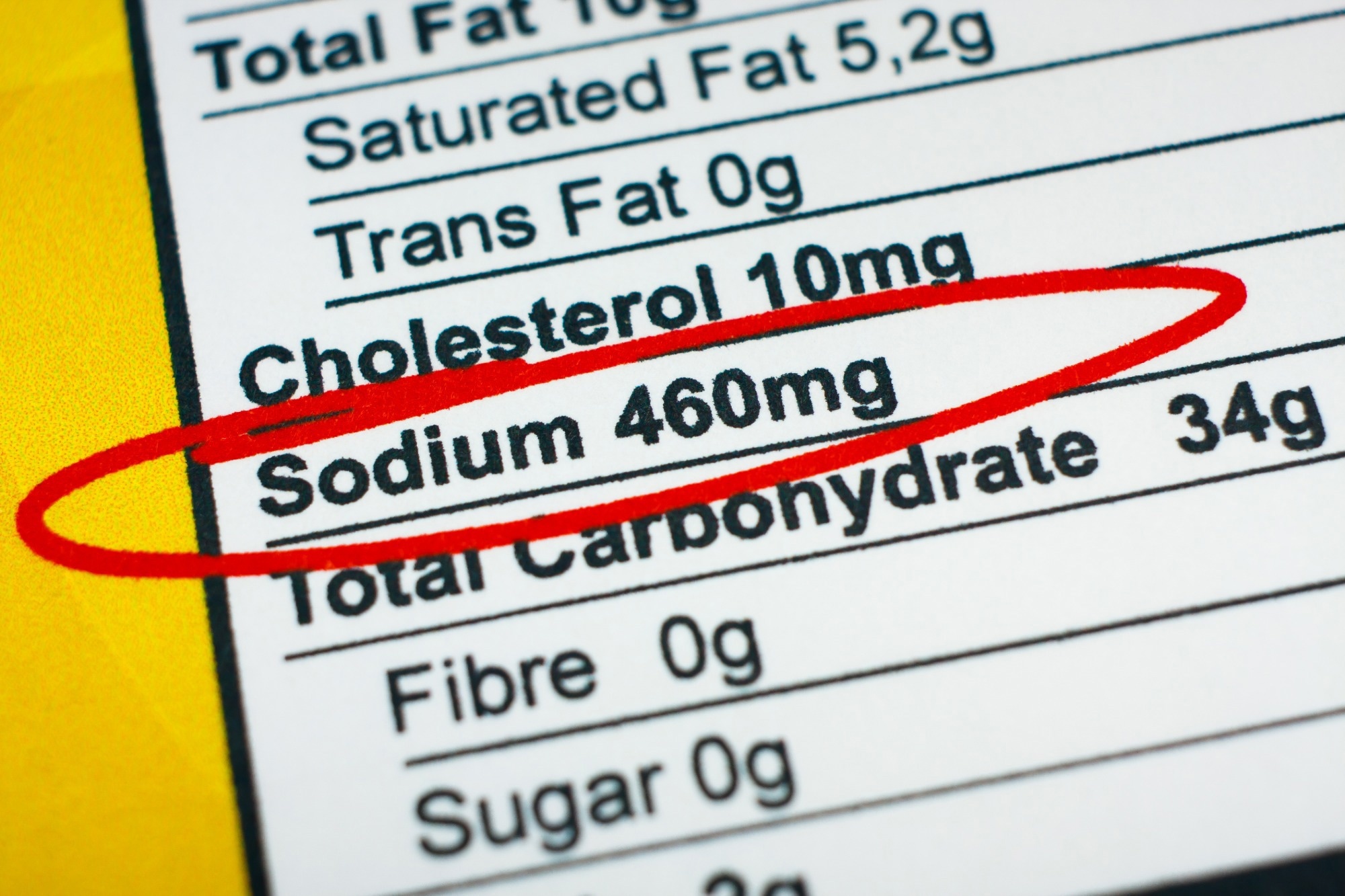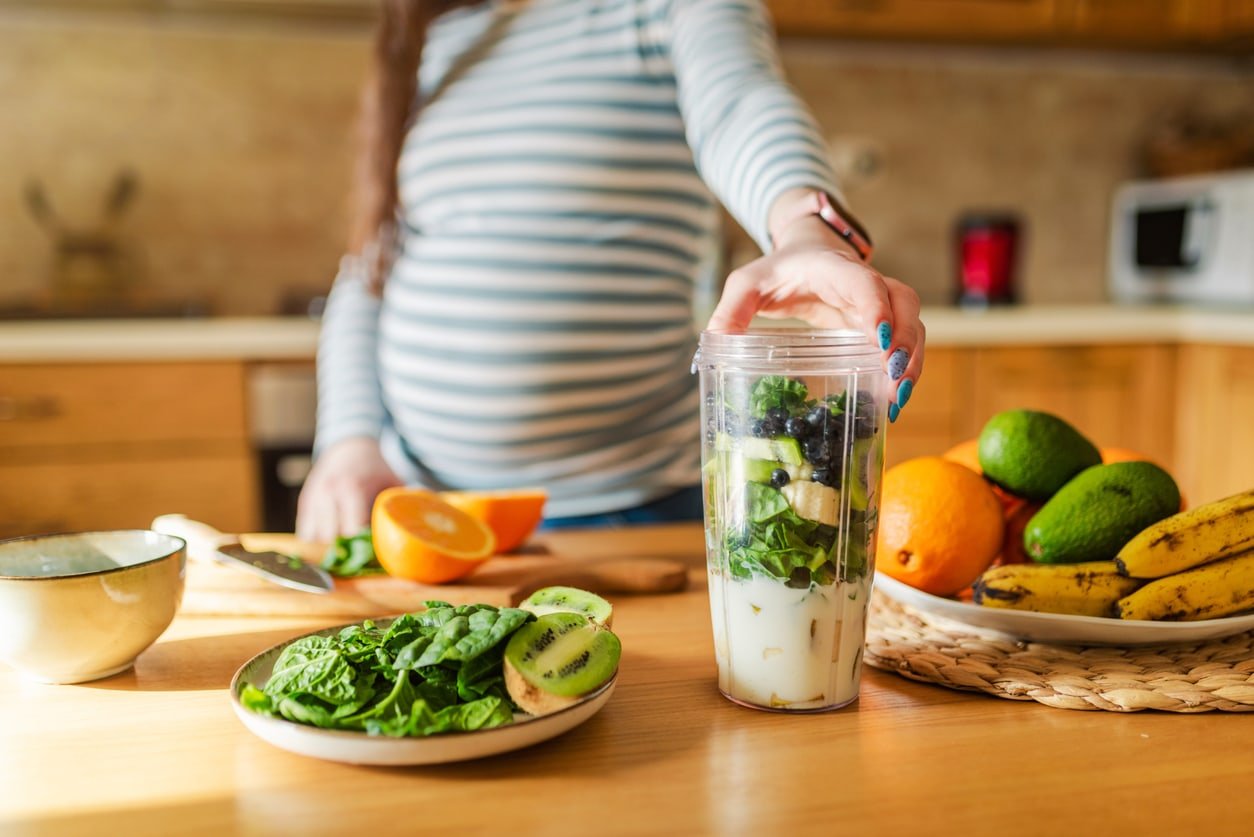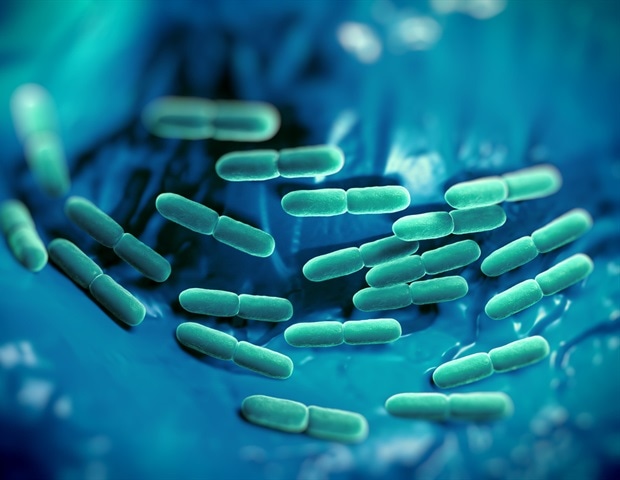About 90 percent of Americans consume sodium, a mineral, and one of the chemical elements found in salt, at levels higher than those recommended by the 2015–2020 Dietary Guidelines for Americans. Reduction in population-level sodium intake can help reduce blood pressure, which can be important for preventing cardiovascular diseases, the leading cause of death in the United States. Most dietary sodium has been reported to be obtained from prepackaged foods. Therefore, food labeling campaigns and consumer education has been given importance to reduce the population’s sodium intake. Identifying foods that contribute to the population-level sodium intake is also important for encouraging the consumption of food low in sodium and targeting the reduction of sodium levels in food.
 Study: Top Sodium Food Sources in the American Diet—Using National Health and Nutrition Examination Survey. Image Credit: Evan Lorne / Shutterstock
Study: Top Sodium Food Sources in the American Diet—Using National Health and Nutrition Examination Survey. Image Credit: Evan Lorne / Shutterstock
The National Health and Nutrition Examination Survey (NHANES) is a cross-sectional health and nutrition survey carried out annually and consists of non-institutionalized American residents. Analysis of 2015–2016 NHANES data indicated that the consumption of pizza, sandwiches, poultry, bread, mixed dishes (Mexican), tortillas, and rolls were major sources of sodium in the diet of Americans. Additionally, food categories identified by the Dietary Guidelines Advisory Committee (DGAC) are also considered to be important dietary contributors to dietary sodium as well as other key nutrients and food groups. Therefore, understanding how the primary dietary sources of sodium will contribute to the intake of nutrients, energy, and food groups will help monitor national diet quality as per the recommended practices. However, research is required to analyze which top contributing food categories impact sodium intake as well as their effect on different population subgroups for the development of effective sodium-related nutrition policies, reformulation strategies, and dietary guidance.
A new study in the journal Nutrients aimed to determine the top food category contributors to dietary sodium intake among the US population. It also aimed to provide overall quantitative estimates of sodium intake from these food categories as well as by race, age, and household income level groups.
About the study
The study involved data from NHANES 2017–2018, where the participants had to complete a general health examination as well as an in-person Automated Multiple Pass Method (AMPM) 24-hour dietary recall in a Mobile Examination Center. Participants also had to complete a second 24 h dietary recall via telephone 3 to 10 days after the first Center visit. The amount of sodium in foods consumed by NHANES participants was determined using The United States Department of Agriculture (USDA) food composition database.
The Food and Nutrient Database for Dietary Studies (FNDDS) was used to determine food categories within NHANES 2017–2018 dietary intake data. Finally, all the FNDDS food codes were then combined into 87 categories.
Study findings
The results indicated top 15 food categories contribute to 50.83 percent of the sodium intake, which included rolls and buns, bread, pizza, burritos and tacos, soups, cold cuts and cured meats, poultry, savory snacks, meat mixed dishes, burgers, pasta mixed dishes, sausages, bacon, vegetables, frankfurters, cakes and brownies, cookies, and chicken nuggets.
The percentage of sodium contribution by these food categories was reported to range from 49.1 percent in 51 to 70-year-old males to 56.3 percent in 9 to 13-year-old males. The percentage contribution was observed to be consistent for all race and household income level groups. Burritos and tacos were reported to contribute the highest amount of daily sodium, while tenders and chicken nuggets contributed the lowest. Pizza was reported to have the highest mean sodium intake on a per capita basis, while vegetables had the lowest. However, the mean daily sodium intake was reported to be highest from cold cuts and cured meats for a few subgroups.
Thus, the current study showed that the top 15 contributing categories accounted for about a little over 50 percent of Americans’ total dietary sodium intake. In addition, it helped to understand the primary sources of sodium intake among the overall American population and population subgroups. Therefore, the findings of this study can be used to reduce sodium intake as well as promote healthy eating in the United States.
Limitations
The study comprises certain limitations. First, the results cannot be generalized to subpopulations not included in the NHANES. Second, information on dietary intake can be biased due to recall errors. Third, the food categories consist of some heterogeneity that can impact their contribution to sodium intake in the diet. Fourth, there can be misreporting of certain foods due to social desirability biases as well as misestimation of portion size.

 PARENTING TIPS
PARENTING TIPS







 PREGNANCY
PREGNANCY








 BABY CARE
BABY CARE








 TODDLERS
TODDLERS








 TEENS
TEENS








 HEALTH CARE
HEALTH CARE







 ACTIVITIES & CRAFTS
ACTIVITIES & CRAFTS








 CONTACT
CONTACT ABOUT
ABOUT















